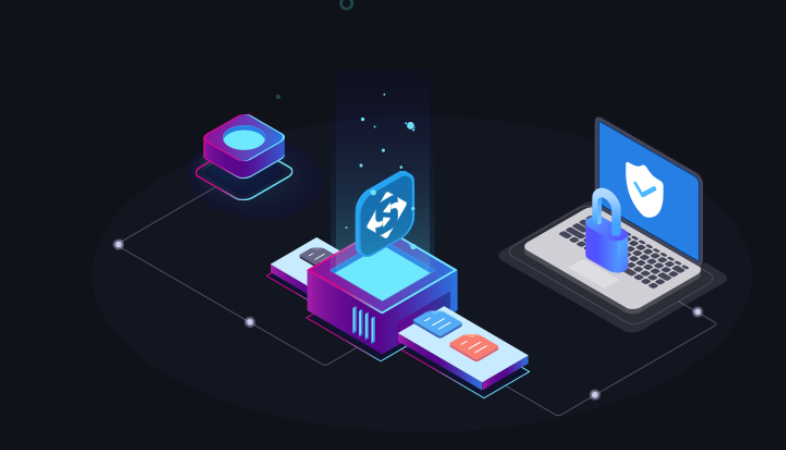Pricing Strategies that work for Training Software

You have developed a breathtaking product in the form of this great Learning Management System software. You have benefitted from it tremendously and want to share your valued achievement with the world. But how can you price your product wisely, to not scare away the potential customers and at the same time not to price too low?
Following strategies can be employed to foray your proud SAAS product into the market-
- Premium Pricing-
This pricing strategy believes in setting a price in the higher range, to convey the niche or the luxury and exclusivity related to software. As an advantage, you can maintain a smaller pool of customers who take pride in being one of the few with the coveted product. The recognition of being the premium customer brings satisfaction to clients and they are willing to pay higher prices for exclusivity.
- Captive Pricing-
The captive pricing as a strategy includes the offering of the core product or software for a much lower price, but at the same time offering additional products that are generally required in conjunction with the software, at a higher price value.
- Skimming Pricing-
The next pricing strategy is to set the price of the software initially at a high price and then over a while the price is reduced to cater to the other market segments and capture them too.
- Penetration Pricing-
Penetration pricing strategy includes initial lower pricing to capture the chunk of the market. This way, they can balance the profits with the help of volume and also in the long run cross-selling and upselling their products for a profit.
- Cost-plus Pricing-
Cost-plus pricing has a simple logic: the amount of money that was spent on the development of the software, plus the target profit margin is kept as the price of the product. Initially, with the minimum competitor and market information, this seems like a practical pricing technique.
- Free Trial Pricing-
The free trial pricing strategy is a practical one. Initially, at the release of the product, offer it to the interested people for free for a limited amount of time, then, at the end of the trial period, have the signup process ready. This process should be well-defined and easy to follow. You can also check Thinkific to get more understanding of profitable pricing.
- Value-Based Pricing-
The next in line to the pricing strategies is the value-based pricing. Here, the pricing of the product is based on the perceived value of the software. Generally, it is considered that the value of a product should be 10X times the cost spent on it.
- Money-Back Guarantee-
Money-back guarantee as a pricing strategy means to offer your product at a price, and with it, the guarantee to give the money back in case the product does not deliver. If you have a good product, then they should only be a few, if any returns of the product. This strategy takes away the risk of the buyer and gives them the time to use the product and start liking it.
- Added Bonus-
The strategy of adding something whose perceived value can instigate the customers to purchase the software. This is the strategy of an added bonus.
- Tiered Pricing-
The tiered pricing strategy is a very practical one. It involves offering different levels or tiers of service and value to different customers or access to certain features according to the packages offered.
Thus, above mentioned pricing strategies can be employed to price your training software. If you are in search of a reference, you can check out the 360 learning pricing, and the amazing services and offers that they have in store for their customers.






